I will let you in on a secret. Underneath the tiles in front of your house lies a whole other world. I am talking about a wonderland that waits to bring joy to your life. You don’t believe me? Then let me fill you in on a hobby, your Neighbors will adore you for! More importantly, I want to inform you about a relatively easy gain in life quality that might be just the right thing for you.
If you live in a metro area, chances are likely that you do not always have access to a garden for recreation. If you, like me, still value the occasional refuge into nature every now and then, you will also resort to the parks and nature reserves scattered around the city. But who said that nature and city will always exclude each other? The truth is: They don’t! Biologists agree, that Cities, despite the common association of being distant from nature, are home to a wide range of species to both plants and animals, which thrive exceptionally well in this relatively new habitat. Further, that there is a lot to gain by greening the city.
So why should we include nature within the city? Let me fill you in on some ecology 101, and you are in luck, because it doesn’t get any shorter than this. Many reasons for greening are accounted for in the concept of, what scientists describe as, ecosystem services. Researchers strongly advocate for the benefits that we are provided with by nature. Nature provides us with resources (“urban farming”), regulates our surroundings (“micro climate”, “disease control”) and brings cultural value by improving our well-being (“recreation”). Importantly, In order to obtain and benefit from nature around us, the health of our ecosystem is of vital importance. A healthy ecosystem depends on the amount of diversity (“biodiversity”) and more precisely, the amount of different species. Since this species diversity increases with the size of the ecosystem, what we really need is a large and well-connected ecosystem!
This has also been acknowledged by the municipality, that emphasizes the importance of ecological corridors, which connect larger green spaces throughout the city. Unfortunately, these ecological corridors are in very poor condition.
Luckily, there are easy ways in which we can take care of ourselves as well as our ecosystem. Many other communities and cities have already realized, that the inclusion of green is far from a distant dream. Also, the municipality, themselves at times a bit slow when it comes to implementation, welcomes citizens to take matters into their own hands. We need citizen participation! And here comes the secret as promised: The city of Den Haag grants you permission, to stir up the pavement in front of your house and plant your own flower bed (download manual)! Simply remove the tiles closest to the wall of your home, stack some vertically to create a small boundary, remove gravel and fill with soil. Now you can plant herbs for your kitchen or flowers to gift your friends. So Yes! there are many benefits, along the admiration of your neighbors, for you to gain while providing for others. Dig it?





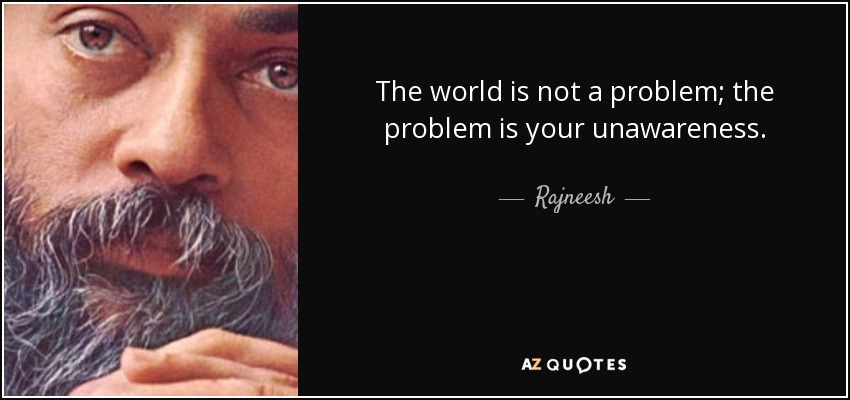
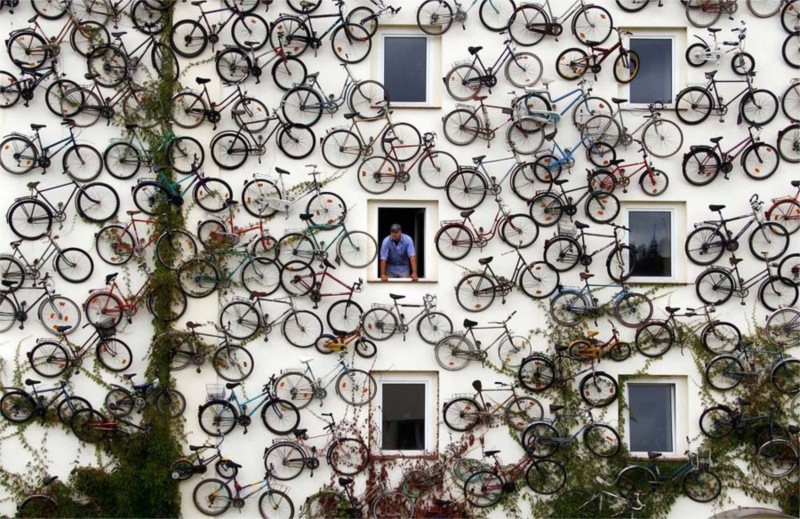
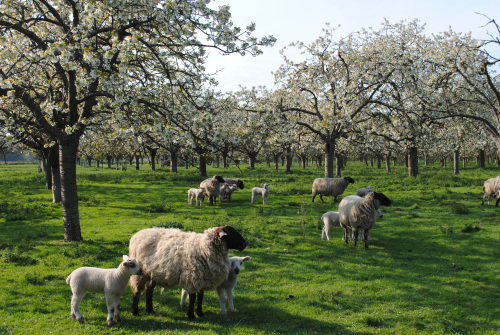
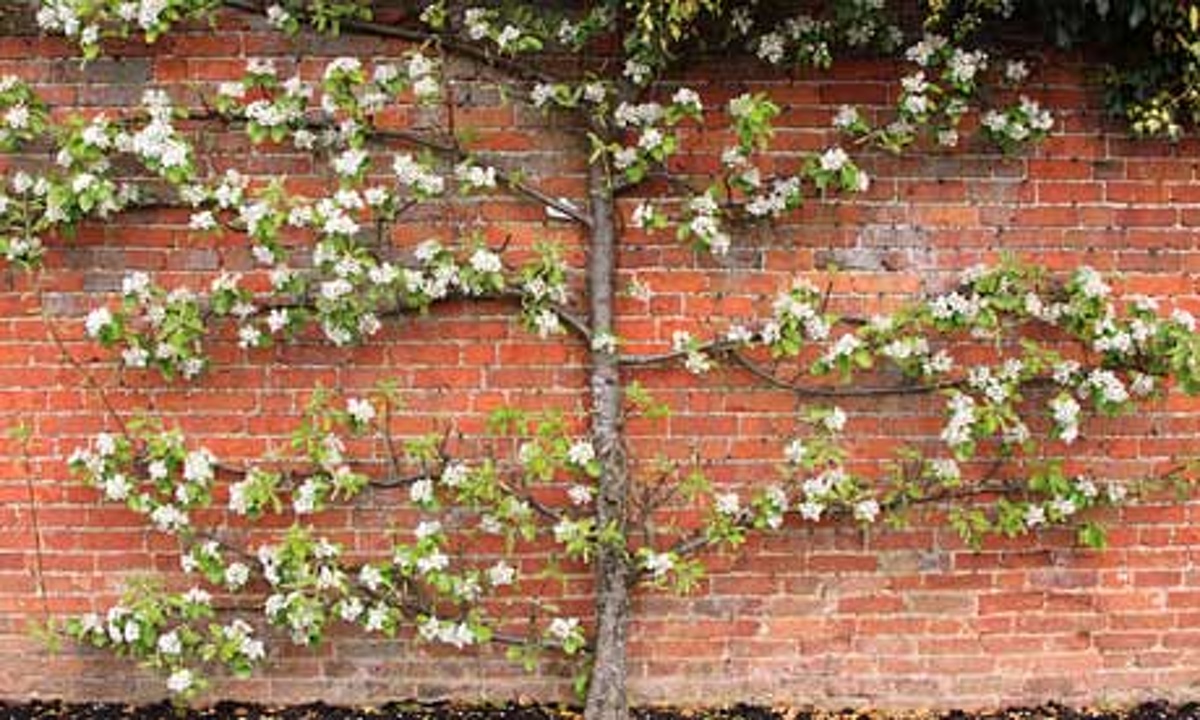
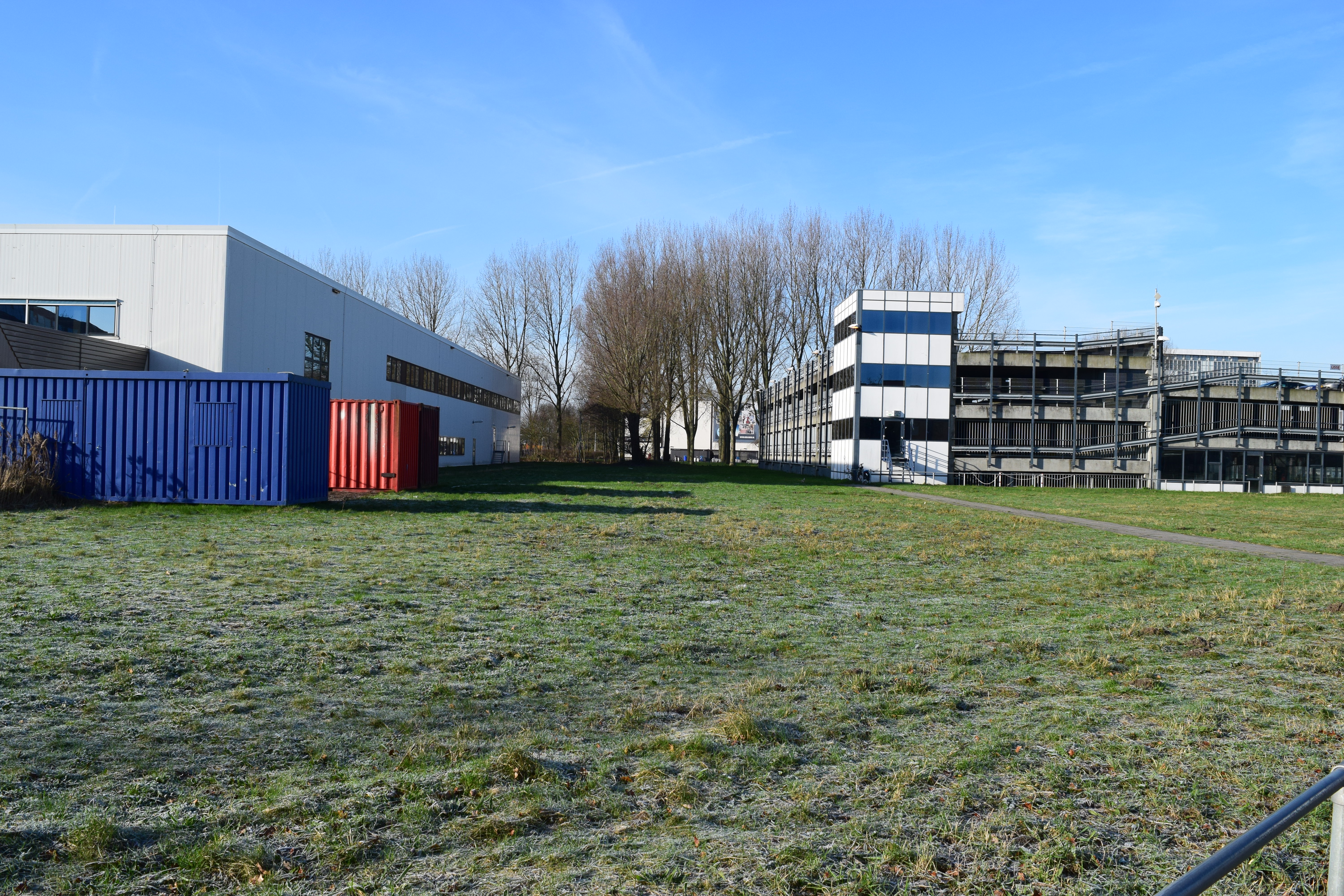
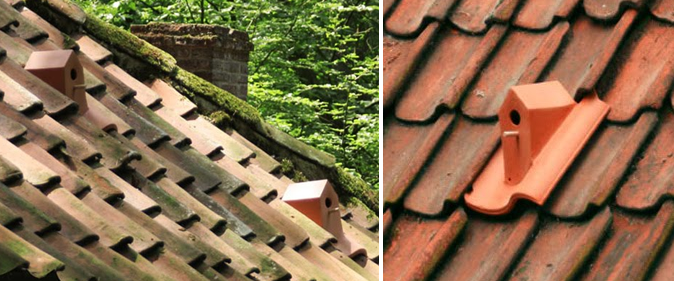
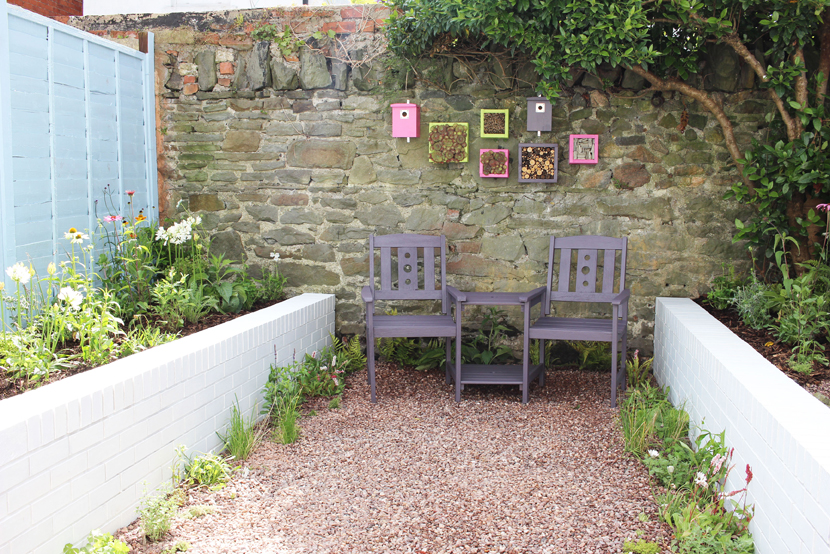
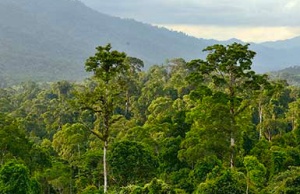
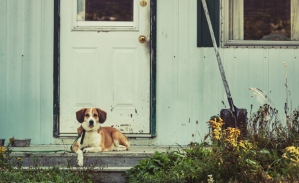
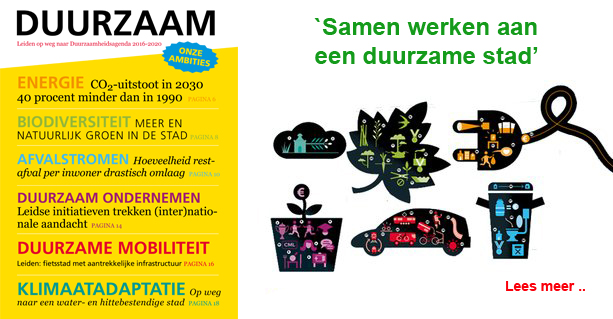
You must be logged in to post a comment.